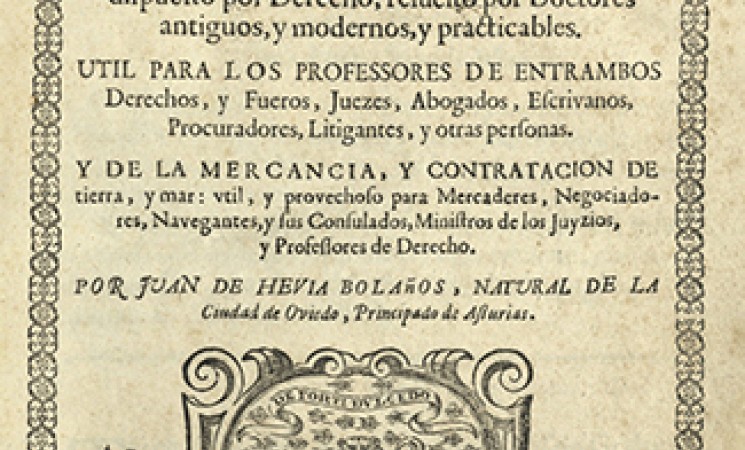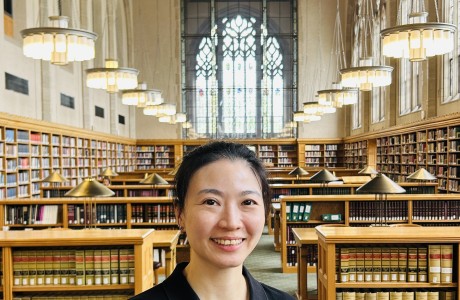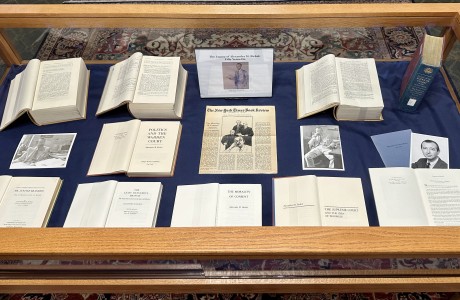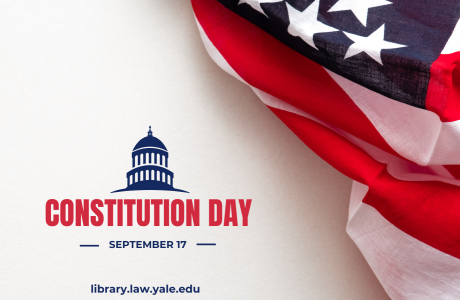Hispanic heritage acquisitions: A famous procedure manual

Our Hispanic Heritage Month series continues with a look at a recent acquisition of a fundamental work in the Hispanic legal heritage of the United States. Curia filipica by Juan de Hevia Bolaños was for over two centuries the essential handbook for legal procedure in Spain and in its New World colonies.
Since its first printing in Lima, Peru, in 1603, the Curia filipica enjoyed an extraordinary success, appearing in close to 40 different editions, until its final publication in Paris, 1864. Editions of the Curia filipica were present in virtually any collection of law books in Spain’s colonies. It was owned and consulted not only by lawyers and judges, but also by a wide range of local officials with legal responsibilities, including city officials, garrison commanders, priests, and merchants. It was one of the first law books present in modern-day Texas, listed in the 1800 will of a military chaplain in San Antonio, then a Spanish frontier outpost. It is cited in over a dozen early cases in Louisiana, Texas, and the U.S. Supreme Court, as an authoritative source on Spanish procedure.
The copy we acquired is Curia filipica, primera y segunda parte (Madrid: En la Imprenta de Geronimo de Estrada, 1700). The “second part” is another work by Hevia Bolaños that was originally published separately, Labyrintho de comercio terrestre y naval, which was for decades the only available work in print on Spanish commercial law. Begining in 1644 it was published as the second part of the Curia filipica.
Many scholars now doubt that Juan de Hevia Bolaños is the real author of these two works. The best study of him is Guillermo Lohmann Villena, “En torno de Juan de Hevia Bolaño: la incógnita de su personalidad y los enigmas de sus libros,” Anuario de historia del derecho español 31 (1961), 121-162. He was born in Oviedo, Spain around 1570, and came to the New World in 1594, spending several years working as a scribe and minor court official in Quito before moving to Lima. Lohmann Villena found no evidence that Hevia Bolaños had a university degree, or that he had much of a professional career as a minor legal functionary. He died poor and with no family. One contemporary account describes him as a heavy drinker. It is hard to believe that someone like him could have authored legal texts of such erudition. In addition, close examination of the text by Lohmann Villena indicates that the text was written in Spain and not in the New World.
No matter who wrote it, the Curia filipica is an indispensible source for study of the early legal history of the Southwest U.S.
– MIKE WIDENER, Rare Book Librarian

Contents and printing license for part 1 of Juan de Hevia Bolaños, Curia filipica, primera y segunda parte (Madrid, 1700).


